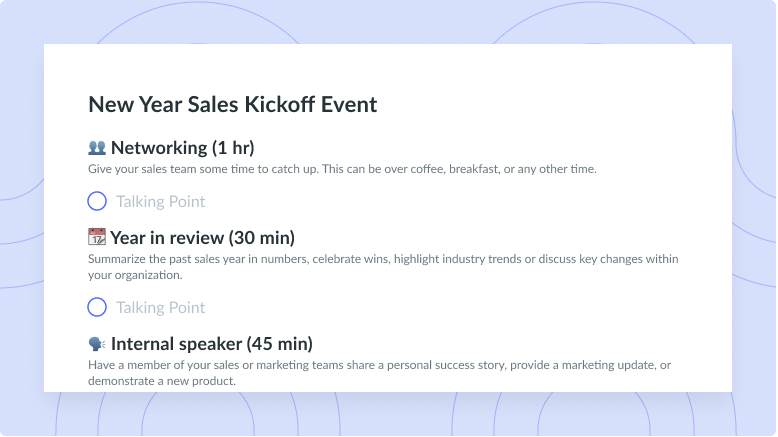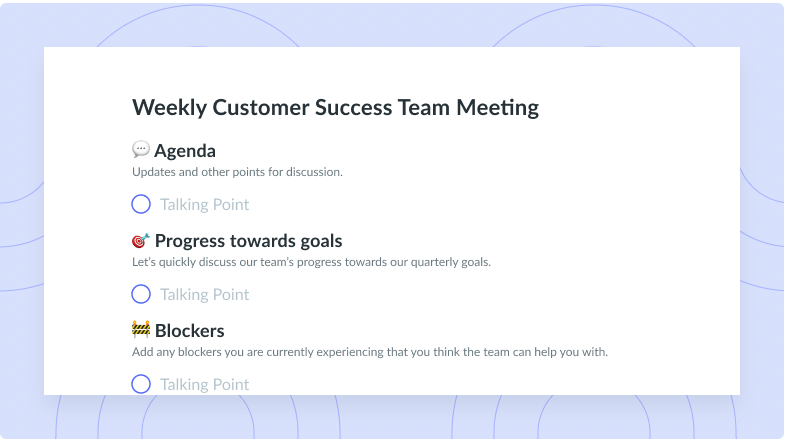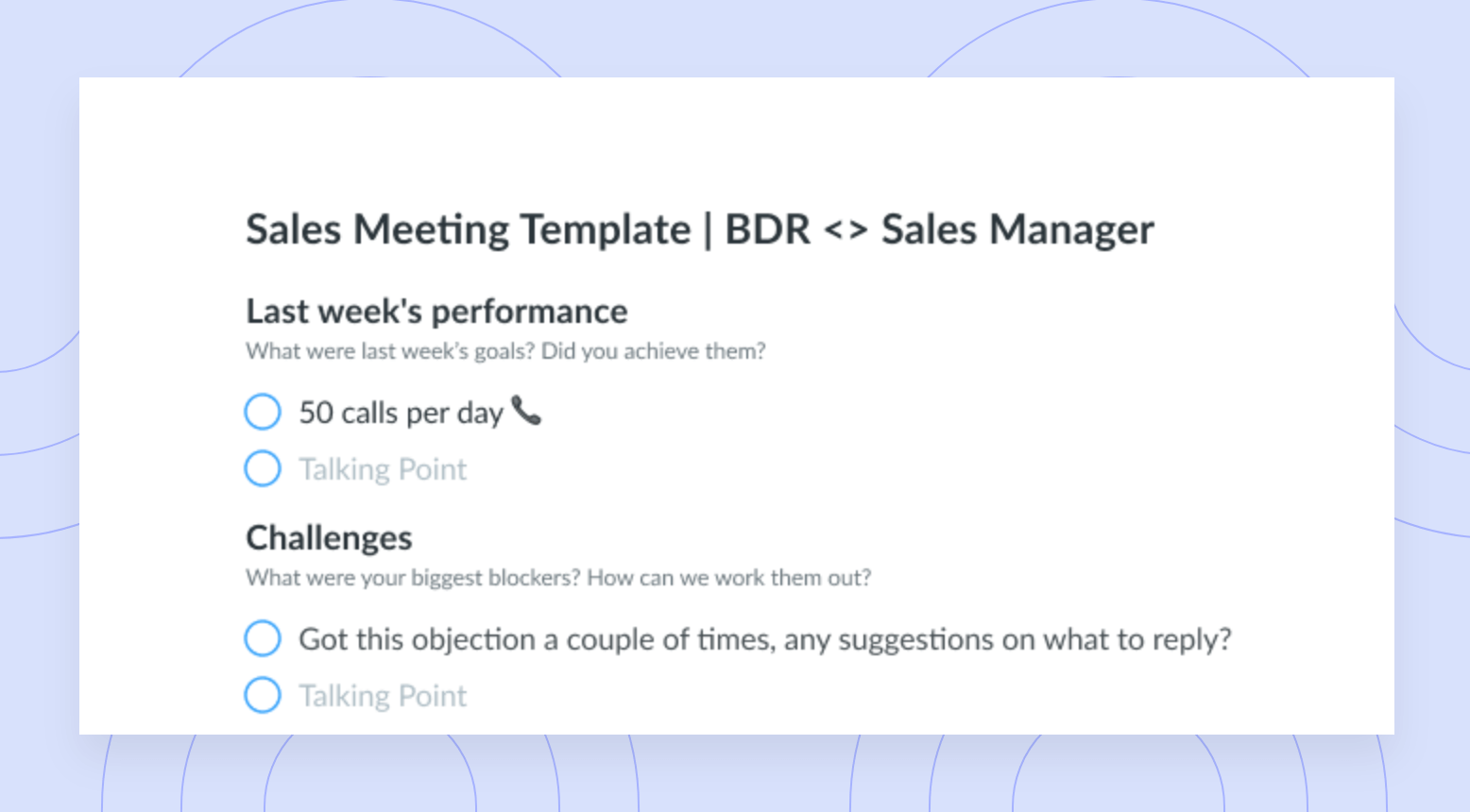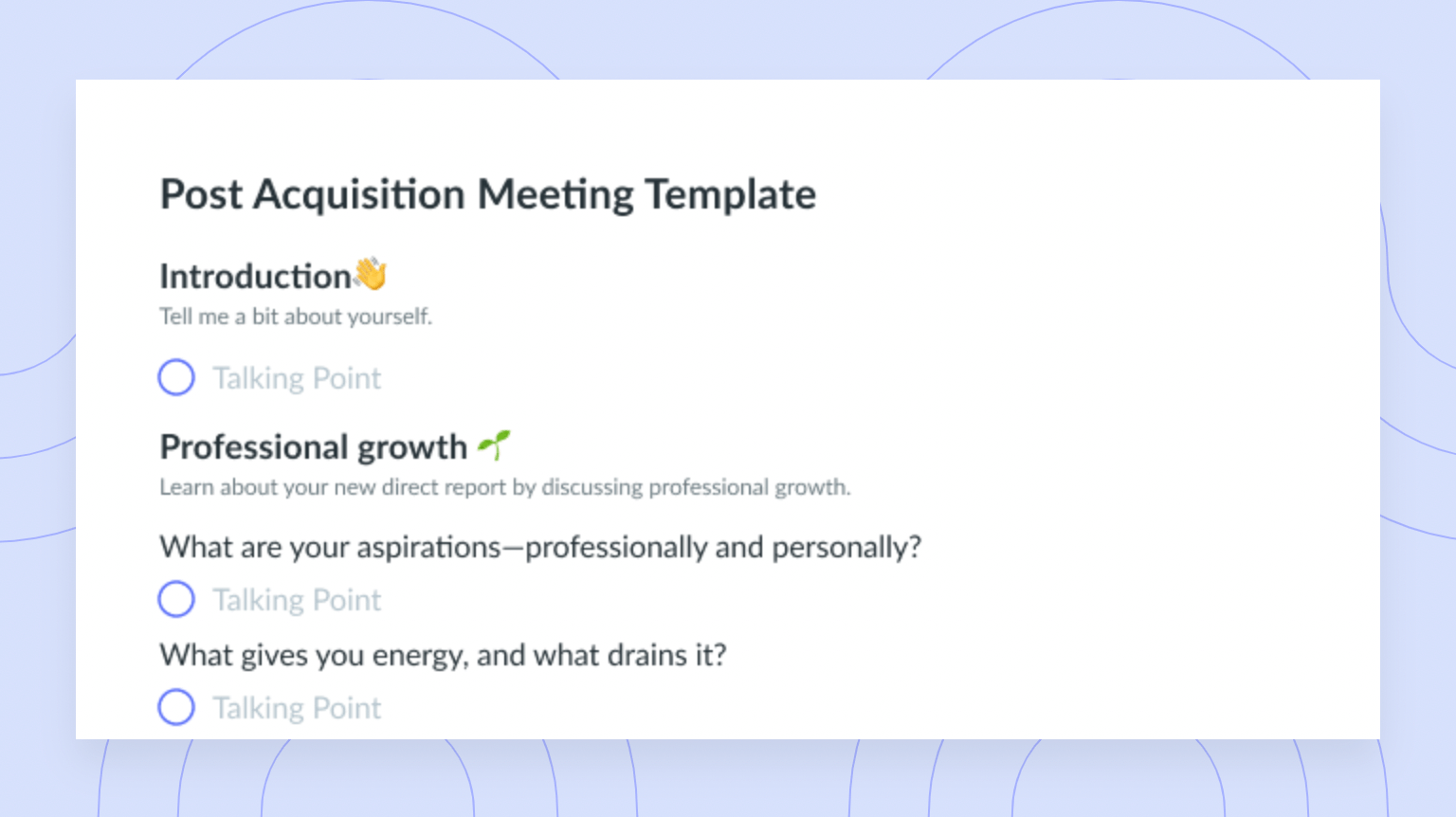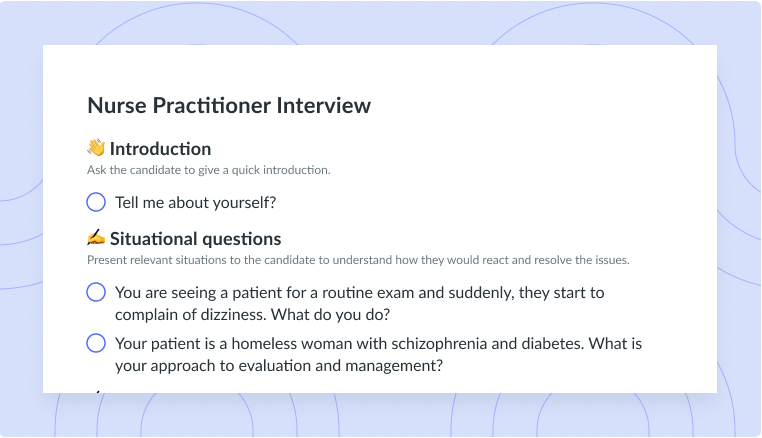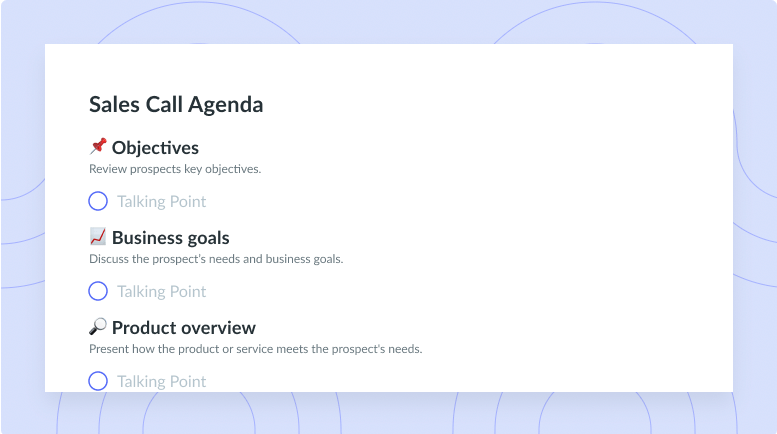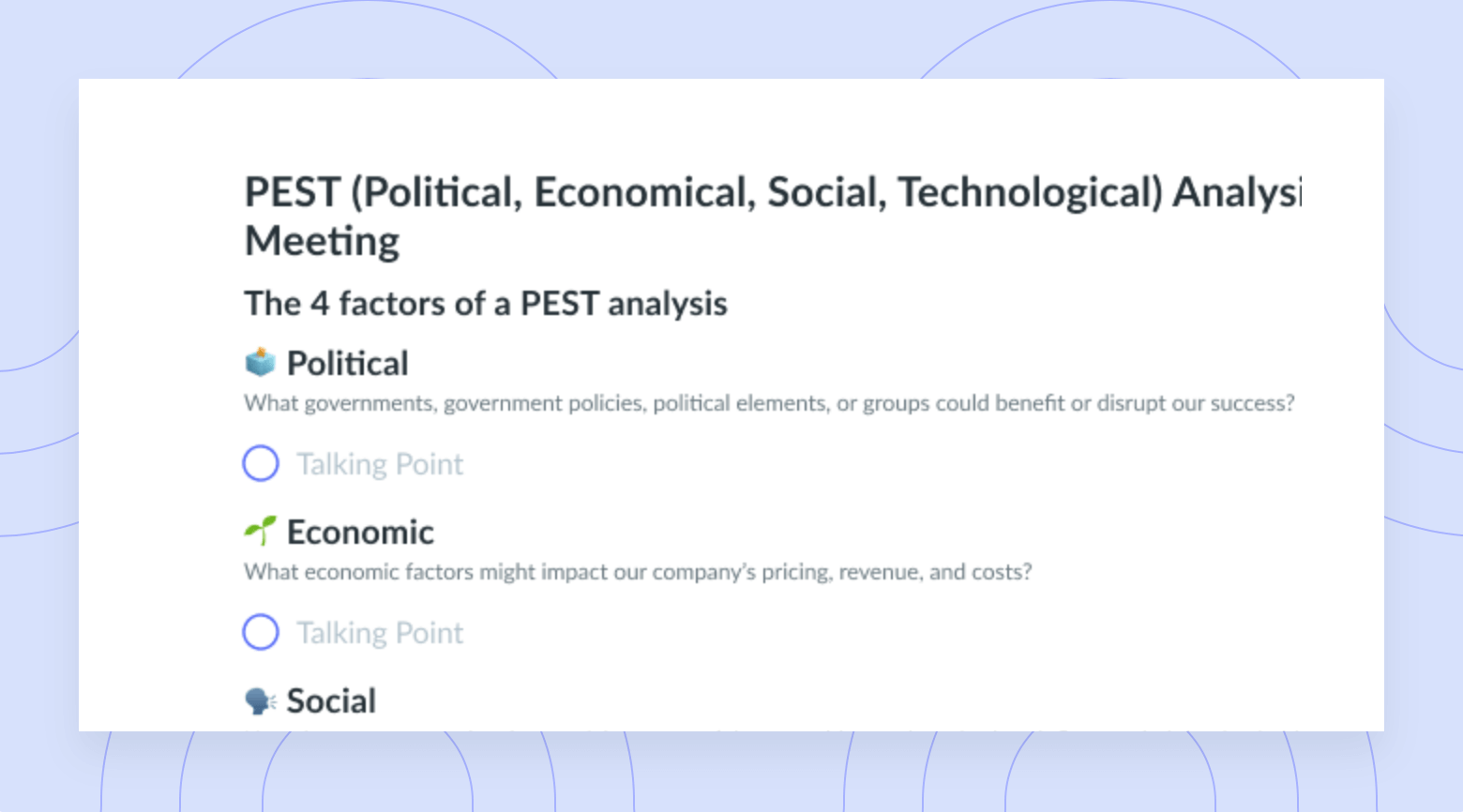Managing Attrition in 4 Easy Steps
Understanding and managing attrition is an important part of building a great business. Read here to learn how to manage attrition!
According to Gallup’s 2021 study on employee engagement, only about 36% of U.S. employees feel engaged in their current roles at work. And shockingly enough, this statistic is substantially higher than the 20% of employees who feel engaged at work globally.
Based on that, it does make sense why more and more employees are participating in the Great Resignation by quitting their jobs in search of something better.
As an employer, how can you mitigate turnover and create a healthy, happy, hard-to-leave organizational culture for your employees? Read on to find out!
- What is the meaning of attrition in management?
- The importance of managing attrition
- Types of employee attrition
- 4 ways to manage attrition
What is the meaning of attrition in management?
In the business environment, attrition refers to the loss of employees over time. This loss can occur for any voluntary or involuntary reason, like resignation, termination, death, or retirement. As such, in many cases the organization plays a very impactful role in the amount and type of employee attrition happening in the business. Luckily, there is an opportunity to learn about the importance of attrition and proactively introduce steps to help mitigate how much employee loss your company withstands in the next few years.

Run efficient meetings, come to a decision, and get back to work
Level up your meeting habits to boost engagement and productivity with a collaborative meeting agenda. Try a tool like Fellow!

The importance of managing attrition
1Maintains employee retention
The most common reason that employees leave an organization is because they would rather not work for the organization anymore. In other words, it’s the employee’s choice. When management actively seeks to manage attrition in the workplace, they have a much better chance at ensuring employees are happy, which in turn decreases the likelihood of them leaving.
After all, minimizing how much time is spent on offboarding and re-hiring means the company can invest more time into productive, value-driving activities for the business!
2Increases employee satisfaction
When employees are happy, they’ll stay. Happy employees are engaged, feel purpose in their work, and are clearly motivated within their roles. Many anti-attrition efforts seek to build this level of employee satisfaction. Not only does managing attrition ensure that your talent is staying on with your team, but it can also help derive more productive results from your employees.
“When you’re leading somebody, you’re influencing somebody. In order to do that, that has to come from a place of service. You’re compelled to do whatever you need to do to help support that person, whether it’s giving them tools and resources, or encouragement, or education or recognition.”
– Amber Hurdle, Leadership Consultant
3Increases the talent pool
When a specialized position comes up, you’re going to want to fill it, and fast. And, you have a much better shot at filling the position when your company has a reputation for high employee retention and great corporate culture. Not only that, but your human resources team very likely doesn’t want to dive back into a continuously decreasing talent pool as they struggle to fill positions—a harsh reality that comes to organizations that don’t proactively find ways to maintain happy talent.
Types of employee attrition
- Attrition due to retirement
- Internal attrition
- Voluntary attrition
- Involuntary attrition
- Demographic-specific attrition
1Attrition due to retirement
Not all attrition is unplanned or spontaneous. Retirement is a common reason for employees to leave the workplace once they have reached a certain age and have the financial stability to enjoy the rest of their lives without working.
While the United States Department of Labor doesn’t break their attrition statistics all the way down to retirement numbers, The Washington Post estimates that 1.5 million retirees have left the workforce over the past year. As the Baby Boomer demographic ages, it’s likely we’ll continue seeing high retirement numbers.
2Internal attrition
Internal attrition is when employees move from one team or department within their company to another. This often occurs when employees are young or switching directions with their career. Internal attrition is also possible when the business takes on a new strategic direction and an employee decides to take a professional development opportunity in a newly forming department. And unfortunately, it can also occur when employees are dealing with a poor manager but they still believe the company overall is a great place to work.
As such, not all cases of internal attrition are necessarily bad, but careful investigation should be conducted to understand why the movement is occurring.
3Voluntary attrition
Voluntary attrition, otherwise known as attrition, is the most common reason an employee leaves a position. According to the U.S. Bureau of Labor Statistics, in June 2022 alone, 4,237,000 roles were opened in the U.S. through a previous employee quitting. This number has been fairly consistent across the last five months, showing that it has a large impact on employee management. The “Accommodation & food services” industry saw the highest amount of voluntary attrition, followed by “Retail trade.”
4Involuntary attrition
Involuntary attrition is known in many forms, including termination, layoffs, or elimination of a role. This happens when the organization, not the employee, decides to end the employee’s working relationship with the company. Called “Layoffs and discharges” by the U.S. Bureau of Labor Statistics, involuntary attrition occurred 1,327,000 times in June 2022—a rate similar to the five months prior. The “Arts, entertainment, and recreation” industry had the highest rate in this section by far, with twice as much involuntary attrition as “Professional and business services.”
5Demographic-specific attrition
Demographic-specific attrition occurs when specific demographics of people (for example, women, racial minorities, veterans, people with disabilities, etc.) leave an organization rapidly. Typically this type of attrition is due to strong internal conflict with the organization’s structure or culture or poor management practices within the company. As such, this is most often a type of voluntary attrition where the demographic no longer feels safe or comfortable to continue in that work environment.
4 ways to manage attrition
- Provide employee autonomy
- Offer competitive employee compensation and benefits
- Create a psychologically safe environment
- Foster professional development
1Provide employee autonomy
Your employees were hired out of a vast talent pool of eligible professionals. Employees expect to be trusted to do the work for which they’ve built knowledge and experience, and they expect that their employer will give them frequent opportunities to continue growing this knowledge and experience. Being able to delegate tasks and avoid micromanagement tactics is a healthy step towards ensuring your employees are treated well and given plenty of opportunities to flourish in their roles.
2Offer competitive employee compensation and benefits
Today’s market places employees in a great position for job searching. Almost every company is urgently in demand for new talent, and employees know this. Providing a great, highly competitive employee compensation package will make it more likely that you can effectively hire employees and manage attrition.
Consider researching salaries and benefits packages offered by similar companies in your area to ensure what you’re offering is up to par with the market. Another option is to consider running a workplace benefits survey that asks current employees about which benefits they love most and which they would like to see next. This helps keep you in tune with what your team truly wants!
3Create a psychologically safe environment
A psychologically safe environment encourages employees to take risks, experiment, and learn, without fear of negative criticism or losing their job if they fail. There are many ways that managers can build a psychologically safe environment, including initiating regular one-on-ones for communicating constructive feedback, encouraging team members to take educated risks, and fostering a culture of curiosity around why projects are not successful so teams can grow from them. Not only does this make your team members feel more motivated and comfortable in their roles, but it also helps them build stronger communication, analytical, and problem-solving skills!
Try this meeting agenda template during your next one-on-one meeting:
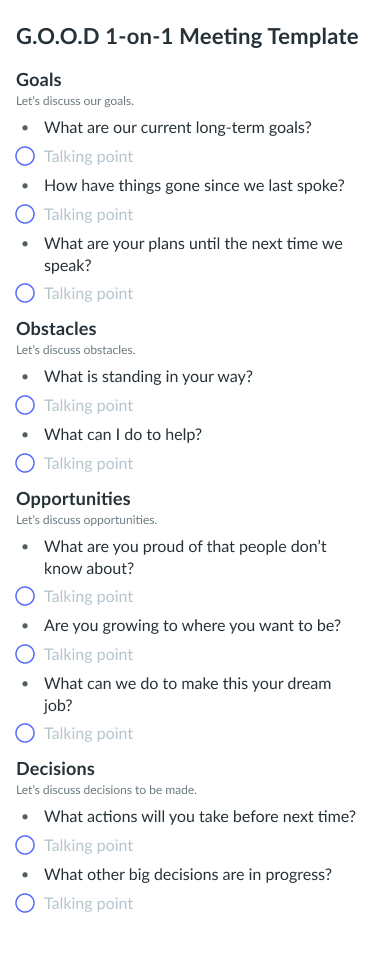
4Foster professional development
Employees aren’t likely to stay long in a position where they don’t feel like they’re growing. This is especially true for younger generation employees who are excited to learn and take on new experiences in their career. Offering challenging projects on the regular helps drive employee motivation and helps them build new skills.
Also, many companies now offer professional growth budgets to their employees, which the employees can spend on training, courses, and mentorship opportunities to further grow their skills and experience. This is a great addition to any benefits package!
“You almost have to form your own board of directors, where you have these group of mentors that you can reach out to and update them. I treat my career growth like running a company, where you basically set your own OKR and provide updates for people, because I think your mentors love hearing from you, hear how you’re doing and, and how they can help too.”
– David Hoang, Product Design Director at Webflow
Parting advice
Attrition has always been a huge factor affecting workplace efficiency, but managing attrition doesn’t have to be scary. In many ways, your employees will want to stay working for a good company, but those good companies can be hard to find. Work with your leadership team to set a great example and clearly communicate your company’s efforts to manage attrition. These efforts will show your current and future employees that you’re committed to providing a safe, inclusive, and growth-oriented workplace environment that celebrates them for a job well done.









